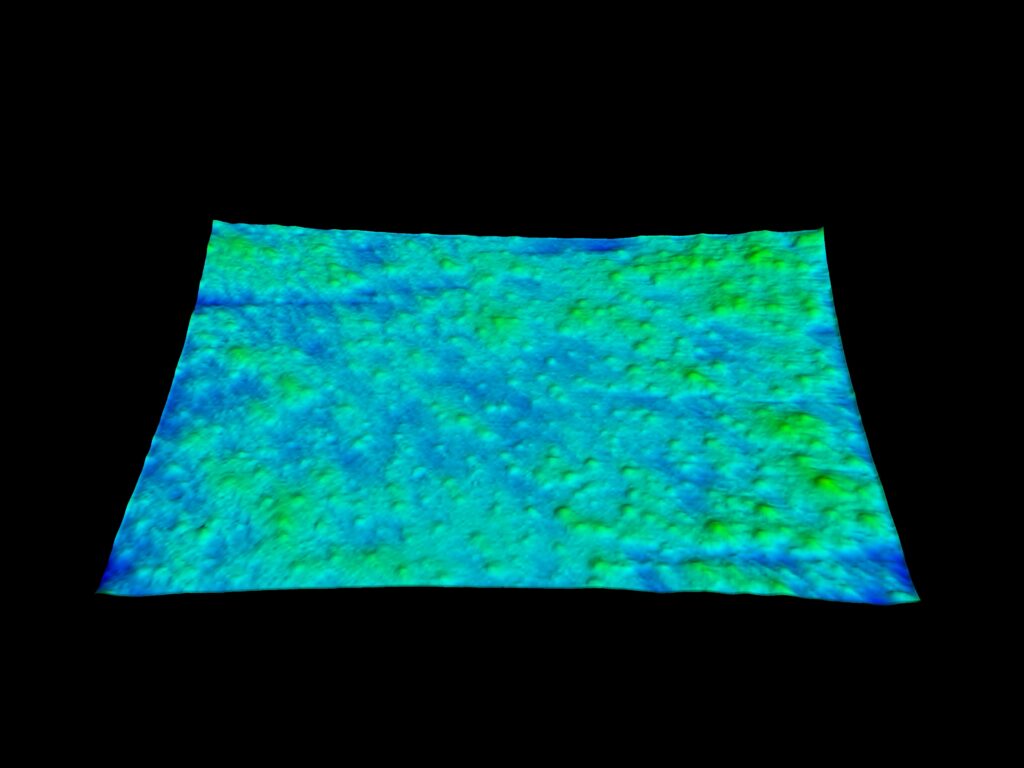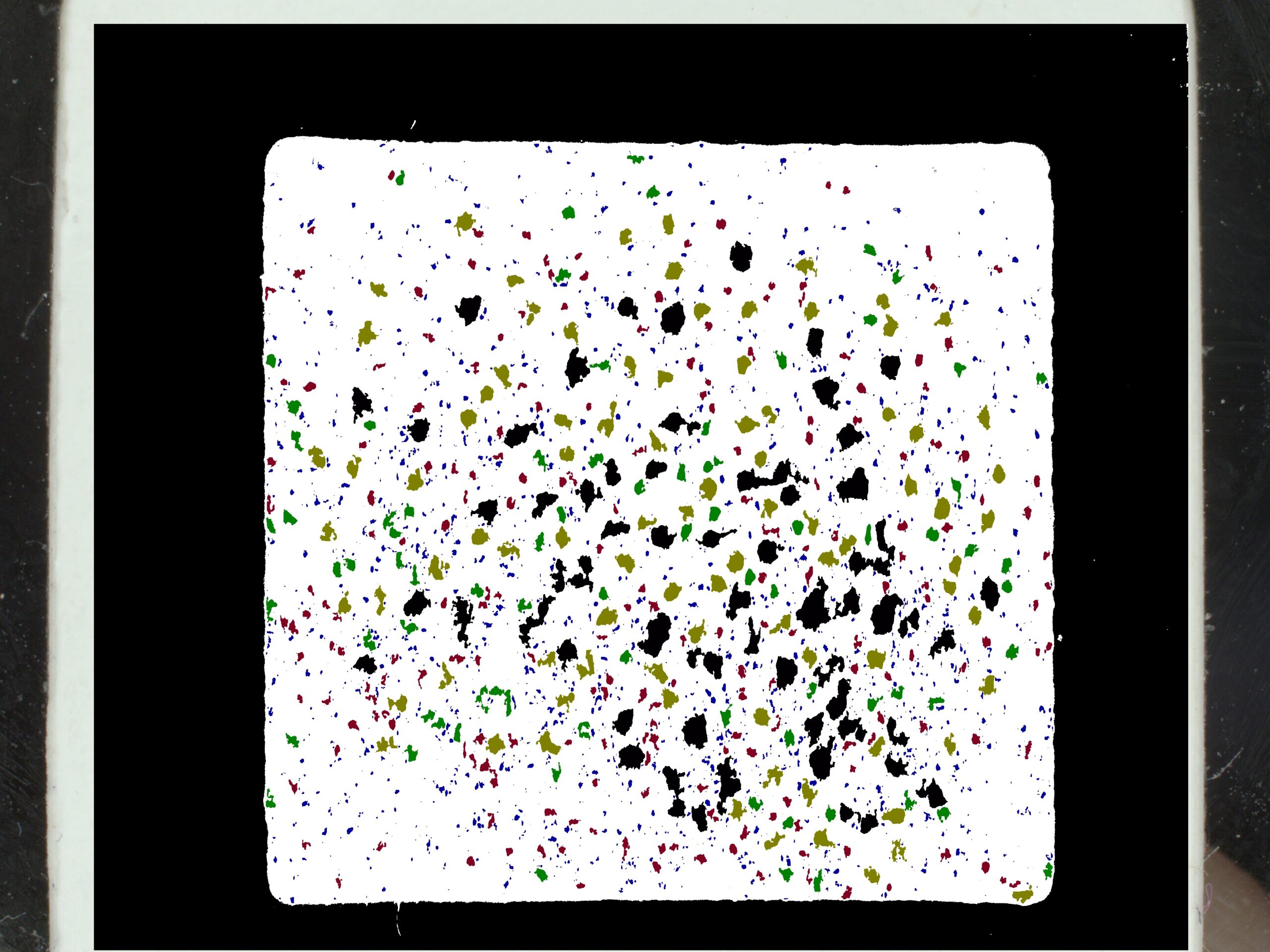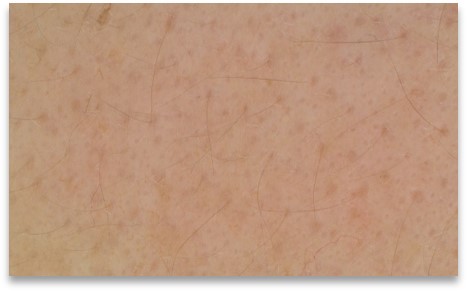Acne evaluation with C-Cube 3
Acne is a multifactorial skin disease mainly affecting the pilosebaceous follicles. It represents a common yet complex dermatological condition.
Acne can be linked to hormonal imbalances, but also to genetic and environmental factors. It affects a broad spectrum of the population, mainly adolescents and young adults. However, it can also persist into adulthood, posing a major challenge for dermocosmetics.
Given the complexity of this pathology, accurate assessment of acne and its effects on the skin requires cutting-edge analysis tools and methods. In this context, a technology such as the C-Cube represents a significant advance in the clinical world.
The C-Cube 3 has been specifically designed to observe and quantify the effects of your cosmetics ranges. With its CIE L*a*b* measurements, it lets you image and measure the degree of effectiveness of your active ingredients on the skin. Thanks to the data contained in each pixel and the placement of ROIs in the image, you can ensure control and precision in your studies.
You can also perform 3D acquisitions of the skin surface. Thanks to a technique called stereo photometric, the C-Cube analyses several images under different lighting conditions. The software estimates surface normals. Combined with geometric calibration, it produces elevation information at every pixel.
Combining rigorous scientific approaches with cutting-edge tools makes it possible to better understand acne mechanisms, assess product efficacy and optimize treatment.
The C-Cube is the ideal tool for assessing all acne characteristics.
Acne evaluation thanks to pimple elevation
Pimples are one of the most common symptoms of acne. They appear as papules, pustules or nodules on the skin, resulting from clogged pores and inflammation. Pimple elevation can be reduced by some products.
Thanks to its unique ability to measure 3D parameters, it is possible to measure button elevation in terms of peak height (Sp) and total amplitude (Sz), proving that the product under test has an effect if the peak elevation decreases over time.


Pimple elevation Peak height and amplitude
Roughness evaluation
The C-Cube is undeniably the best option for evaluating even the most subtle changes. Beyond measuring pimple elevation, it is able to observe very small signs of acne before they worsen with inflammation. This is equivalent to measuring the texture of the skin, invisible to the naked eye.
This can provide information about future cysts that may become inflamed in the following days.


Sebum measurement to evaluate acne
Acne-prone skin tends to produce more sebum than normal. Many products are designed to regulate sebum production.
Thanks to the C-Cube and its sampling reader, you can collect and analyze sebum on the skin. Thus, study seborelugators effects of your ranges.
The color of the sample area is gray and uniform, so that dark sebum patches can be clearly distinguished. Samples taken from these patches are analyzed with the Pixience sample reader and C-Cube camera in a standardized, systematic way. By analyzing the intensity levels in the sample area, we can determine a threshold between the “background” (the gray area of the sample) and the “form” light intensity (the black area, i.e. the sebum).
This makes it easy to distinguish between them and measure the relative surface area of sebum in relation to the total surface area of the spot (expressed as a percentage of the total surface area).


Acne evaluation and blackheads measurement
Blackheads are heap of sebum produced by the sebaceous glands and by keratin deposits clogging the pores. With the increase in sebum production on acne-prone skin, it’s common to be confronted with the appearance of blackheads.
The C-Cube measures the number of black dots and the average diameter. Its field of view is constant and calibrated, meaning that the photo surface is always the same (1.92cm²). The density is therefore obtained by dividing the number of pores by the surface area of 1.92 cm².

Pores analysis
Excessive sebum production can affect pore size. These can expand. Thanks to its reliable dimensional measurements and metric calibration, the C-Cube can detect the number of pores and measure them in 2D and 3D.
In 2D, this involves color analysis, followed by shape identification to eliminate other objects and retain only the pores. The results are images processed in black and white. You also get a spreadsheet with the median area, median diameter and pore density of each image.


3D analysis provides an additional dimension of pore depth. The 3D approach improves the sensitivity of pore detection. It can then be used to assess the depth of the pores and their possible filling.


Source image Processed image
The C-Cube 3 is a perfectly versatile system for evaluating your acne and blemish control products.

